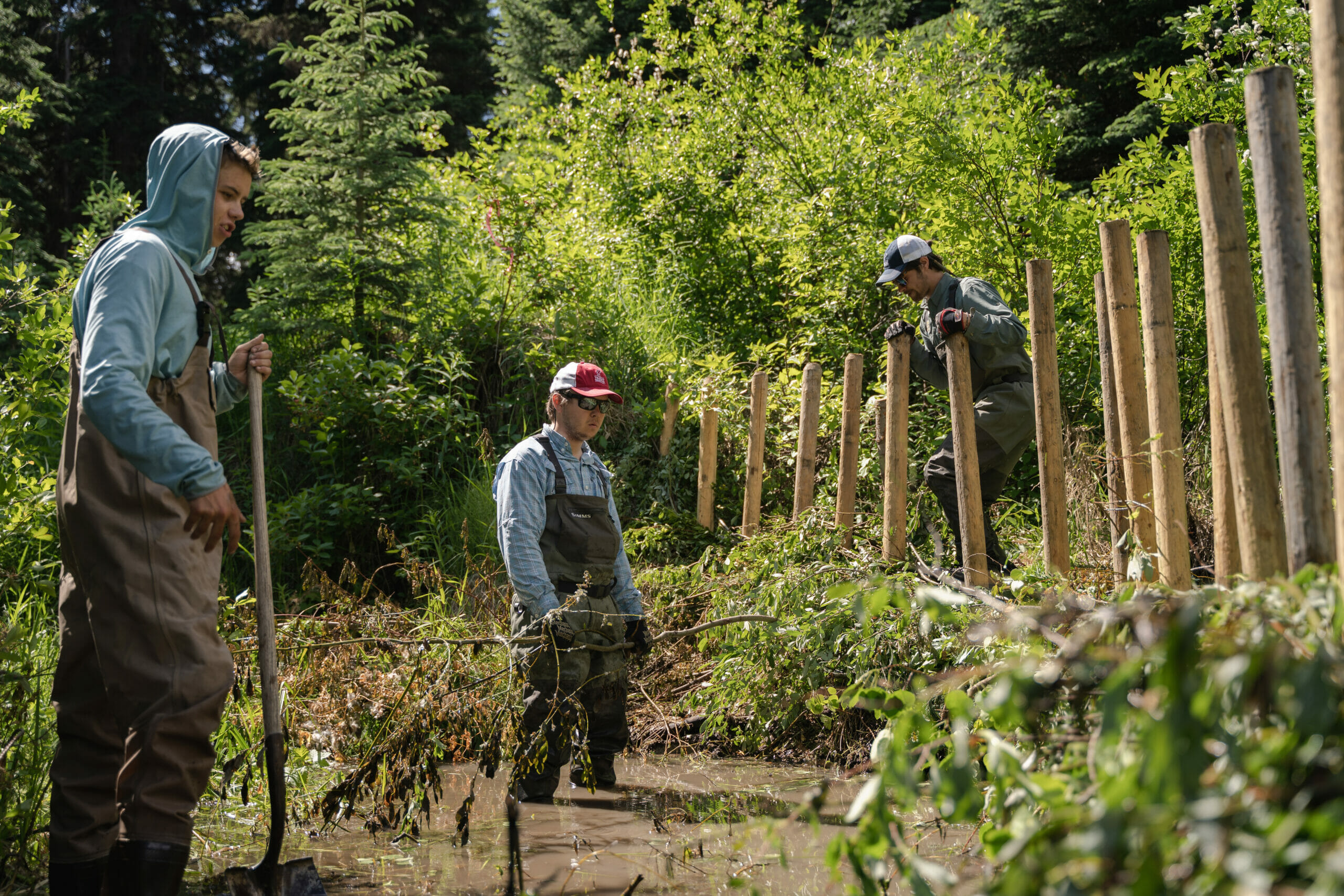By Crystal Elliot, Kodi Jo Jaspers, and Matt Mayfield
Beavers and trout anglers are not strangers. Many of us have been startled while standing knee-deep in a trout stream when something big and brown and way larger than the fish we are targeting suddenly slips past.
Beavers can cause headaches for land managers as they engineer streams and ponds to their purposes without even a cursory nod toward collaboration with other interested parties. Then again, these same ponds can be great places to catch decent-sized trout.
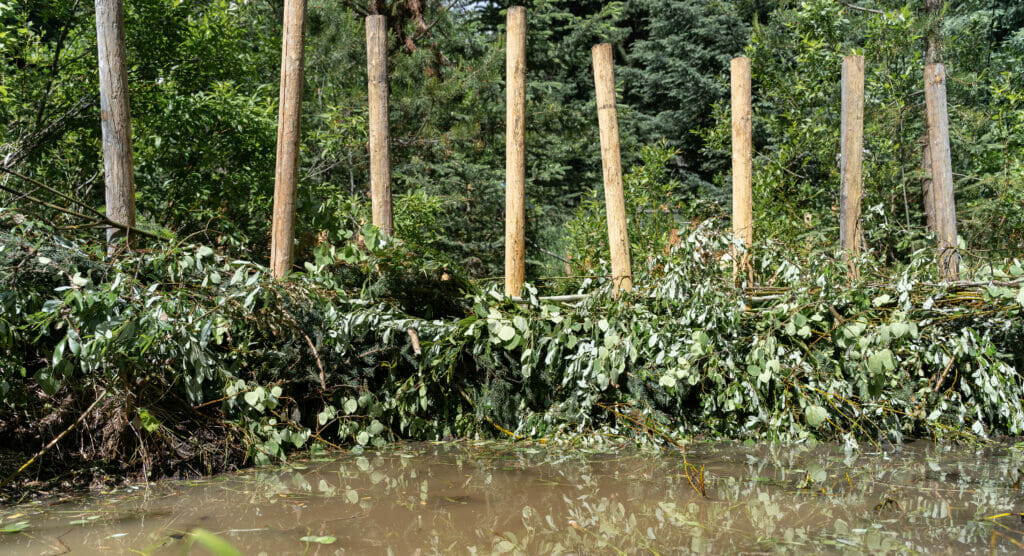
Increasingly though, Trout Unlimited and other like-minded groups are turning to beavers — and certainly taking inspiration from them — to help restore resiliency to degraded public lands and waters.
That means adapting to climate change, creating habitat and maintaining water supply.
Focused in the right places, beaver-powered restoration can be a priceless tool. In Washington’s Upper Columbia River Basin, TU restoration and science staff have partnered with local agencies, universities, tribes and, well, beavers to develop a tool to help plan this kind of work at a landscape level.
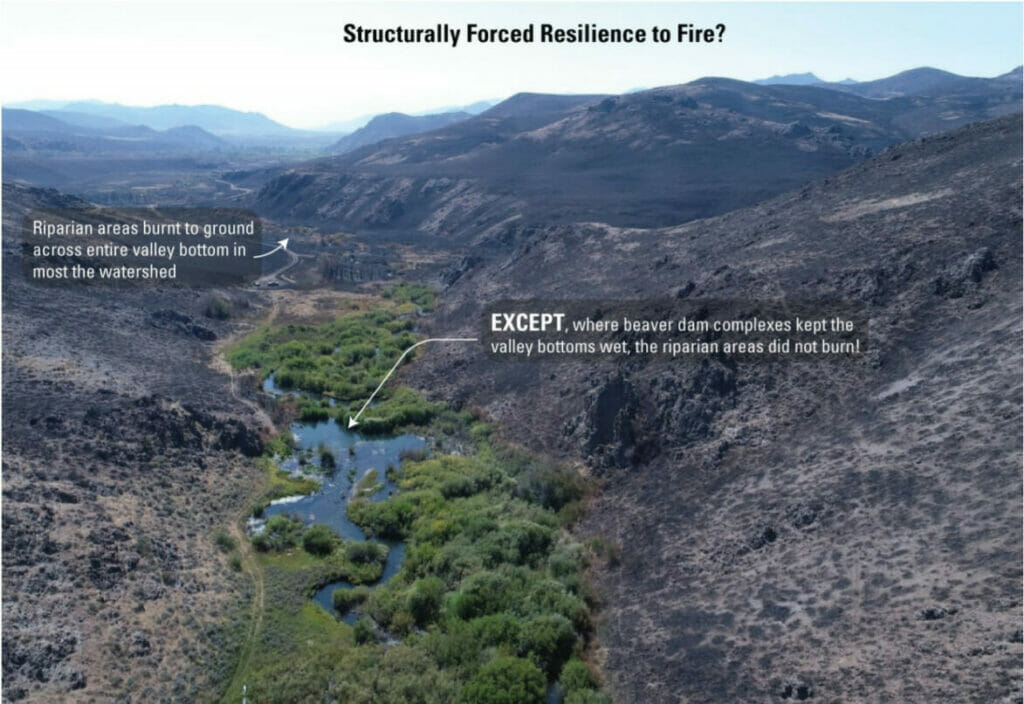
The Climate Connection
In the aftermath of Washington’s recent mega-fires, TU realized the critical need to scale up beaver-powered restoration work to re-establish climate change resilience in the Upper Columbia.
While fire is an important component of natural ecosystem process in the Upper Columbia, the combination of uncharacteristically severe wildfires in recent years and watershed modifications (e.g., logging, roads, etc.) often results in higher degrees of sedimentation and other impacts to aquatic systems than would naturally occur. Beaver dams and their resulting wetland complexes buffer these effects, enhancing water availability both for humans and for fish species.
In order to maximize impact, we needed to create these ecological benefits at a watershed level. We wanted to think beyond individual projects and look at a landscape perspective in terms of prioritizing sites for, 1) improving habitat for Endangered Species Act-listed salmon, steelhead and bull trout, 2) increasing water storage capacity, and 3) buffering fire effects.
Narrowing the Scale
We needed a mechanism that could help us identify the sites that were both feasible and appropriate for beaver-powered restoration and that could provide maximum ecosystem benefit. Decisions needed to be made in the context of local landscape conditions and limiting factors. For example, we wanted to identify sites where we had ESA-listed salmonid use, where beaver dam analogs (BDA) could help buffer fire effects and where there was a potential for high water-storage capacity.
Utah State University’s Beaver Restoration Assessment Tool (BRAT) is currently the best model restoration practitioners have for digging into the feasibility question, but we needed a more broadly-focused tool to drill down to where beaver-powered restoration could do the most good in the Upper Columbia’s post-mega fire landscape where critical fish populations are struggling to survive.
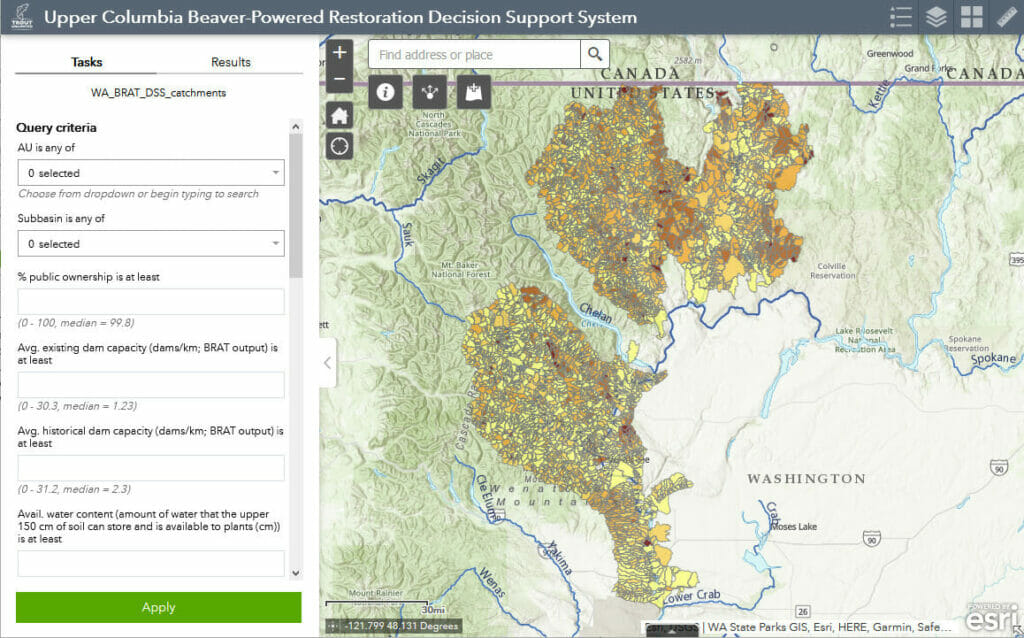
Hot off the press, TU’s Upper Columbia Beaver-Powered Restoration Decision Support System (DSS) tool helps aid conservation specialists and agency staff in the identification of beaver-powered restoration opportunities across the Upper Columbia, including BDA installation, beaver relocation, and low-tech wood placement, such as post-assisted log structures (PALS).
In a nutshell, this tool provides a powerful landscape-level analysis to serve as a first-order filter for identifying the most impactful, high priority areas for beaver-powered restoration work in a critical basin for salmon and agriculture. The region is also on the front lines of mega fire impacts and climate change – making it a place where beaver-powered restoration is needed most.
The power of the DSS lies in its ability to provide maximum user flexibility and degrees of specificity based on user preference:
- Geographic scale and location:
–Project opportunity searches can be conducted across broad river basins or a single watershed. - ESA-listed fish benefit: Users can set query criteria to identify sites that would benefit Chinook, steelhead, and bull trout, either in streams that currently support these fish, or those that no longer support them, but have the potential to support them in the future.
- Beaver dam capacity based on BRAT: This tool incorporates BRAT analysis results for the Upper Columbia (conducted in 2019 by UW GIS and Ben Dittbrenner), which provides a quantitative assessment of site suitability for beaver dams and therefore an indication of feasibility and scale for BDA installation and/or beaver relocation.
- Fire-impacted areas: Users can select query criteria that identify areas hardest-hit by recent wildfires, thereby honing
–in on opportunities to apply beaver-powered restoration techniques to support recovery of aquatic systems in fire-affected landscapes. - Water storage potential: Users can select query criteria to identify locations of high water storage potential, which allows us to identify project areas focused on this element of climate resilience – improving both late season streamflows and moderating stream temperatures to provide benefits for drinking water sources, agriculture, and ESA-listed fish.
- Land ownership: Users can set query criteria to identify areas only on public land, only on private land, or a combination thereof. This tool can be used by private landowners, public land managers, or collaborative groups.
- Landscape attributes: Additionally, users can access a suite of topographic maps and high-resolution aerial imagery within the tool to get a bird’s-eye view of the landscape well ahead of a potential site visit.
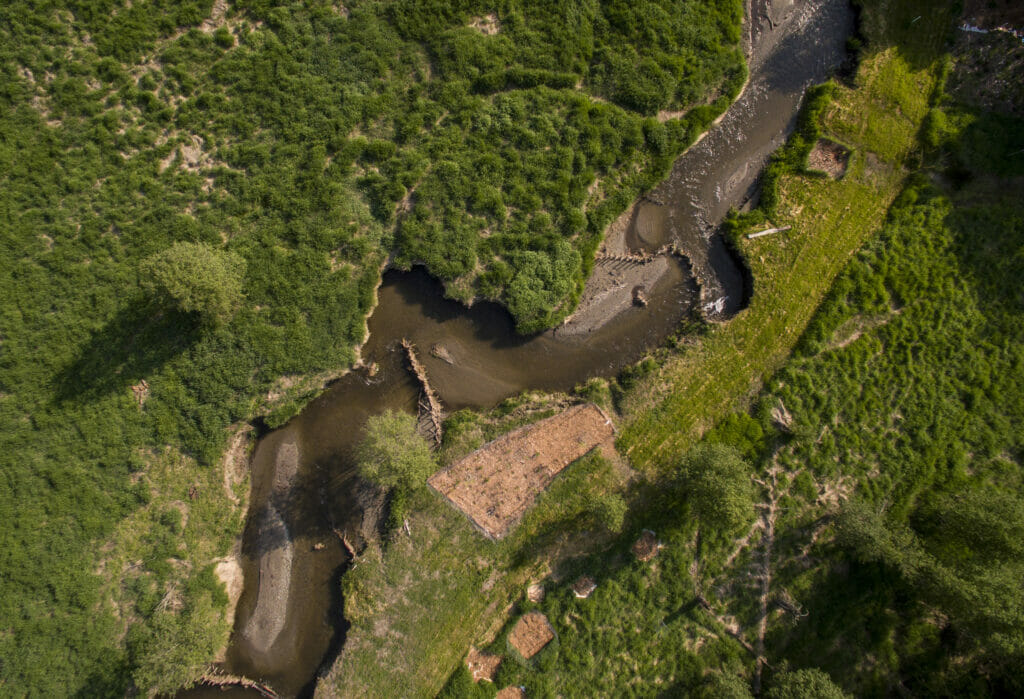
By putting in the work ahead of time to winnow down an overwhelming landscape of potentially thousands of stream reaches, restoration specialists can save untold hours and/or days of travel and field work to focus on only the most likely sites that could benefit from beaver-powered restoration, whether through beaver relocation or installation of BDAs and PALs.
Checking all the boxes
This presented the next challenge. We needed a field data collector or scorecard to help determine if the sites were truly good candidates. The Washington Department of Fish and Wildlife came through and developed a beaver scorecard for evaluating a site’s beaver release potential.
Then, we needed a method for evaluating the potential for using BDAs or PALS. Trout Unlimited developed a mobile phone application to serve as a field data collector. Now, even in the remote, no-cell-service sites where our beaver-powered restoration work typically happens, we can record site-specific observations and photos to review when we are back in the lab. The app caches the data in the field to be delivered to the database when we are back in range. Outputs from the field data collector are georeferenced and automatically upload to the Upper Columbia Beaver-Powered Restoration Survey123 site.
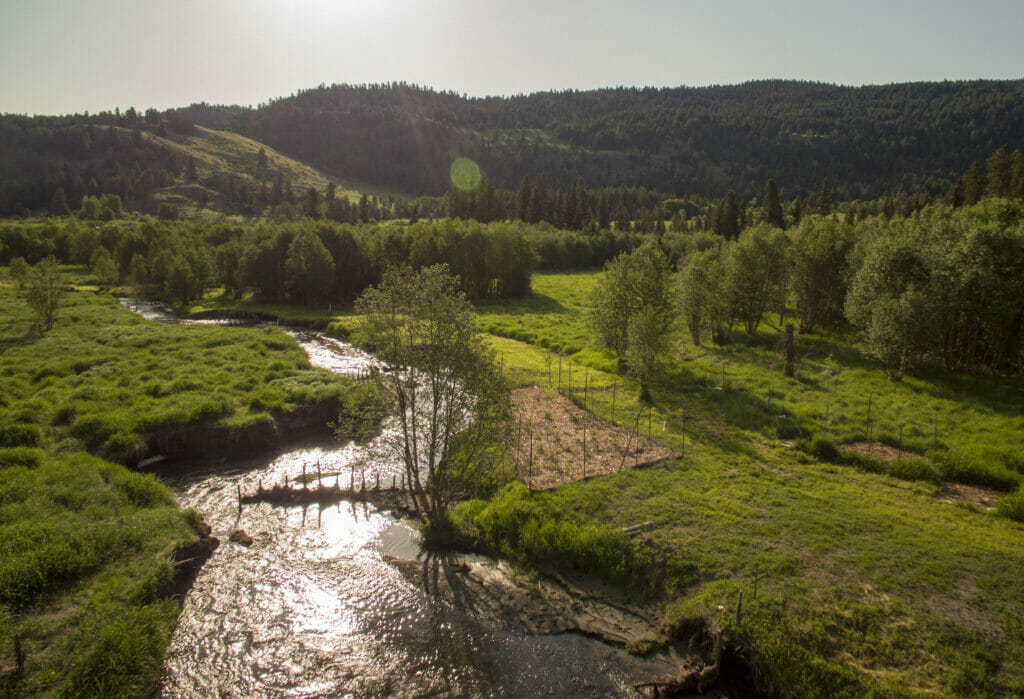
Putting what we have learned to use
Simply put, we have learned a lot from beavers in ways we can help protect our most important fisheries from the ravages of climate change. We know how to utilize their skillsets to restore resiliency to our home waters. Our Upper Columbia Beaver-Powered Restoration DSS and field data collection tools help us to make smarter and more efficient decisions in where we apply these tools. We’ll spend some time in the lab with the DSS this winter and by spring we will be ready to take the field data collector to potential sites and get started with more beaver-powered restoration.
Crystal Elliot is the Washington State Habitat Director for Trout Unlimited’s Western Water and Habitat Program. Kodi Jo Jaspers is the Beaver and BDA Program Manager for Trout Unlimited’s Wester Water and Habitat Prorgam. Matt Mayfield is a GIS Analyst with the Trout Unlimited Science team.



